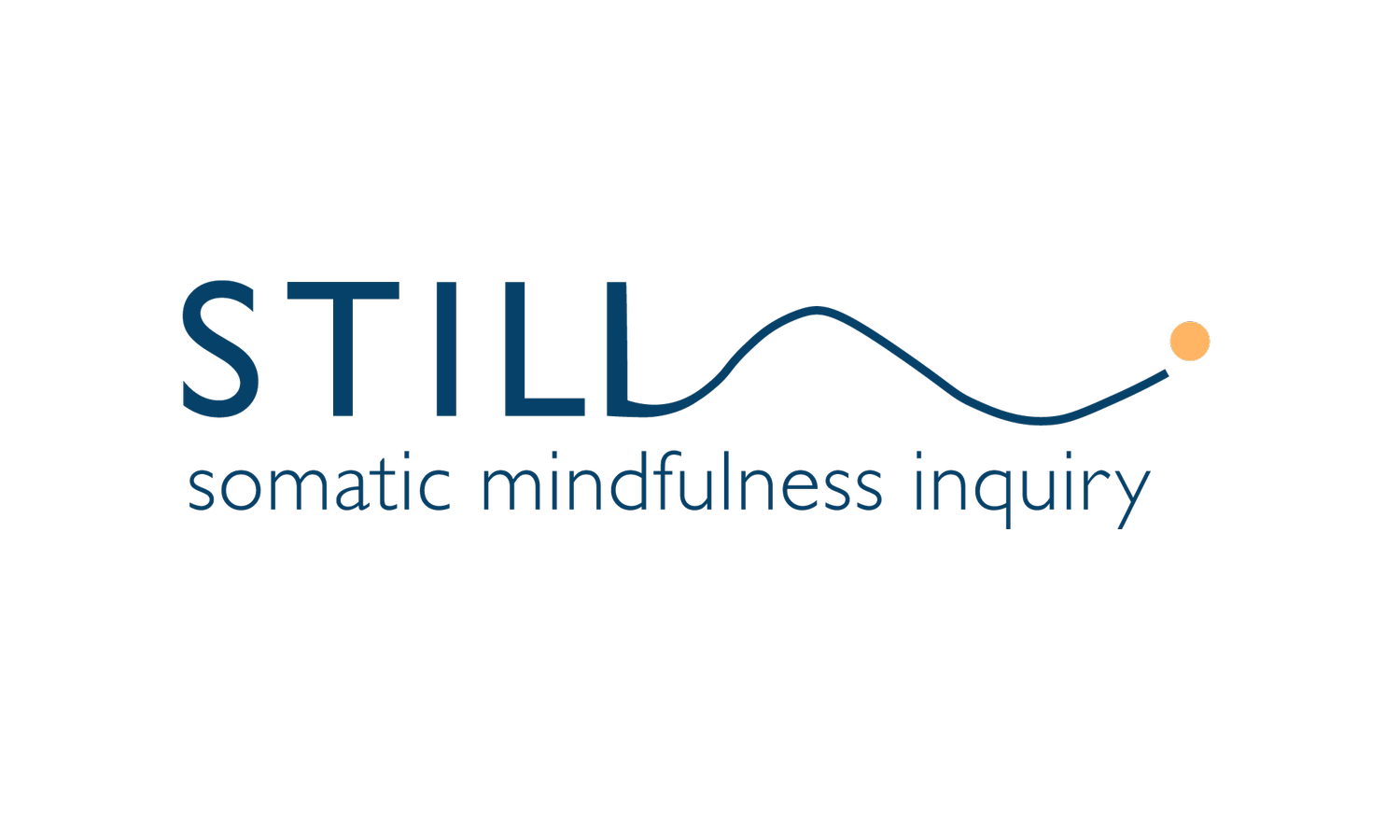Building Resilience To Face Discomfort
A path to inner safety
I have been hearing American friends speak of this time we are in as deeply disturbing and some have described it as terrifying. Our sense of safety and the world around us is deeply shaken. This week we are working with insights and practices from Resmaa’s book The Quaking Of America.
In our journey of healing, one of the most empowering distinctions we can learn is the difference between clean pain and dirty pain. This concept, taught by Resmaa Menakem and others in the trauma and somatic healing world, invites us into a deeper understanding of how we respond to discomfort, and whether we use our energy to protect ourselves or to live more freely.
Clean pain: We are going through something
We build our capacity to stay present with discomfort and to heal. This is the pain of grief, loss, fear, anger or “not knowing” that we allow ourselves to feel and metabolize. It often comes with honesty, vulnerability, and courage. It requires us to stay with what is, even when it’s uncomfortable.
This is the pain that leads to healing. When we stay with it, we develop nuanced skills and mend our trauma. Our body can settle, our energy can shift from protection to possibility, and we become more resilient.
Dirty pain: We are trying to get around something
This is what happens when we try to avoid clean pain. We react with blame, control, or avoidance. We might lash out, shut down, and become hard-hearted and less mature. We might numb ourselves with distractions, substances, or overwork.
Dirty pain doesn't resolve—it loops and builds. We respond from our most wounded parts and that pulls us further away from ourselves and others. This creates more pain for ourselves and others.
To cultivate inner safety
We need to support our nervous system to stay regulated even in the midst of discomfort or conflict. We need to discharge survival energy (through movement, breath, expression) and practice staying present with what we’d rather avoid.
Conditioning, Tempering, Building Resilience Practice
Think of something that makes you uncomfortable - people living on the street, a look of disappointment on a partner’s face, bees …
Close your eyes. Imagine your source of discomfort is in front of your face, just a foot away. Imagine you are looking right at it.
For 3 slow steady breaths, stay with that image. Don’t try to run from it, turn away, or brush it aside. For 3 breaths, simply be with it.
Notice: where your body constricts or relaxes, any other sensations in your body, any impulse to move or act, images or emotions that arise, thoughts or stories that pop into your head.”
Do this once a day, working with other things that make you uncomfortable. This is a lifelong practice that builds our capacity for clean pain - to metabolize our trauma and pain into growth and strength.
Dance. Breathe. Let your body shake. Let yourself feel. Inner safety is knowing we can meet life as it is, with support, tools and practices that help us stay connected to our humanity.
We heal in community. Join us for nervous system strengthening practice every day at 8AM Eastern and for our Sunday free community class at 10AM Eastern. Details and links here.
